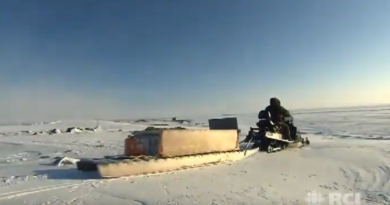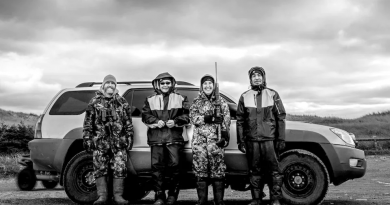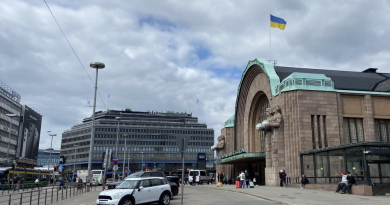It’s ‘weird busy’ this summer, says Yukon shop owner. Tourists came back but the workers didn’t
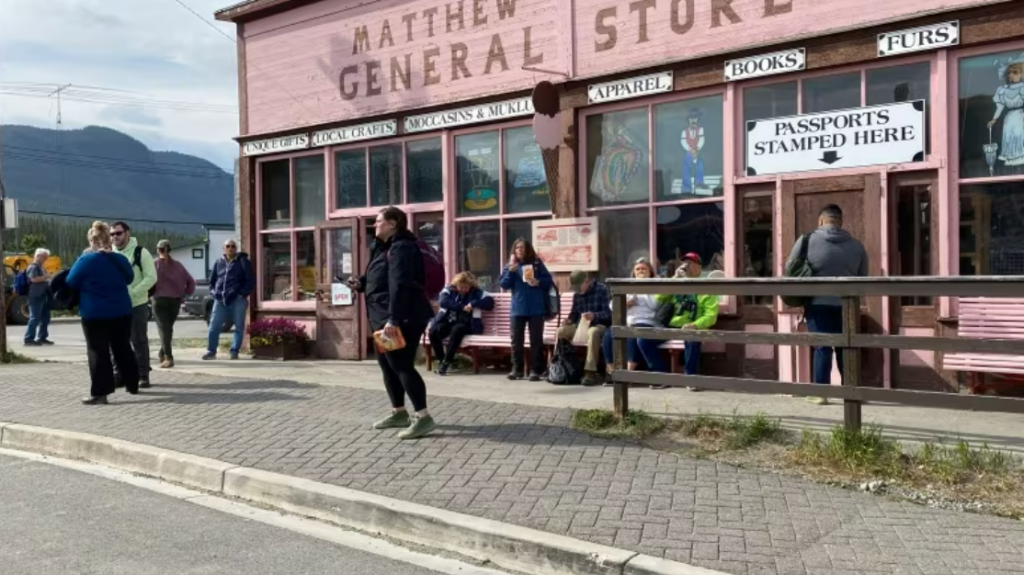
A busy summer tourism season was made more hectic by a lack of staff, according to many Yukon businesses.
On sunny days this past summer, when the White Pass Train and busloads of tourists arrived in Carcross, the lineup for ice cream at the Matthew Watson General Store often extended far out the front door.
“It’s a weird busy, because we have no staff,” said Bonnie O’Connor, co-owner of the shop.
“The bulk of the business has fallen to my husband and I to run and it’s really quite a big store where we would normally employ six to eight people. It’s just been us with help from our two grown daughters, who set their lives aside to come and help us.”
And she’s not the only one running low on staff.
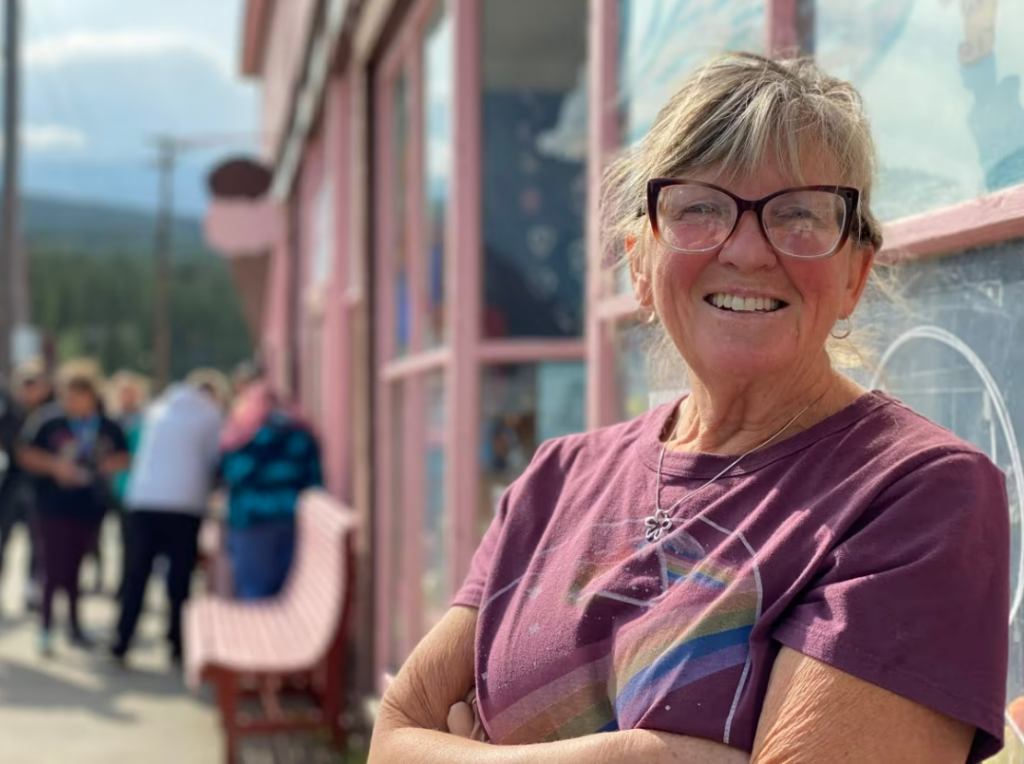
“Basically we do more with less,” said Lisa Mitchell, general manager at Wild Adventure Yukon.
They have animals in a petting zoo, such as alpacas and the puppies. For them, it’s business as usual — lounging and playing. But the staff are going full-out.
“Everybody kind of has extra duties,” Mitchell said.
“If we could have more [staff] it would certainly make some of our lives easier.”

Adding to the pressure of a short supply of workers is the growing number of visitors returning to the territory.
According to Mitchell, Wild Adventure Yukon was hoping to see about 65 to 75 per cent of pre-pandemic visitors this summer.
Instead, they saw 85 per cent of 2019 numbers. On a busy day, they saw up to 800 visitors, most from cruise boats docked in Skagway, Alaska.
“We’re pretty happy with that,” she said.
Jimmy Johnson has noticed the boom, too. As a bus driver and guide for Holland America, he takes visitors between Skagway and Dawson City, Yukon.
“Last year, my coach was usually about half full. This year, it’s always been full, which is really nice because I know that people up here in the Yukon have really struggled to get through the pandemic,” he said.

According to Johnson, the number of Holland America bus visitors heading up the North Klondike Highway has more than doubled.
“Last year, we did 5,000 guests on our trips going all the way up to Dawson. This year, we’re going to be about 12,000,” he said.
Johnson has driven the same route weekly for multiple years, getting to know the territory and the tourism sector.
“We do notice that a lot of places don’t have the hours that they had before the pandemic. Their hours are a little bit shorter and we’ve noticed that there’s a handful of places that didn’t make it through the pandemic, which is kind of sad,” he said.
Yukon Tourism and Culture Minister John Streicker told CBC News he is well aware of the effect of the staffing shortages.
“I think labour is our biggest issue, for sure,” he said. “It’s a tough one.”
Often a lack of housing contributes to the staffing shortage. Tents and a cook shack were set up to help with that in Dawson City this year, and Streicker said he hopes that kind of project can help with recruitment and staff housing in future years as tourism continues to rebound.
“The numbers look like we are 10 to 25 per cent better than last year. But we’re still five to 10 per cent below 2019 in terms of the number of visitors. We really won’t know the numbers about how much people spent (yet), because there’s been inflation, too. We won’t know that until much later in the year,” Streicker said.
Official border crossing statistics for the month of June 2019 indicate there were roughly 103,000 people entering the territory. In June of this year, the territory had about 69,000 people entering, a difference of about 32 per cent.
Related stories from around the North:
Canada: Health board in Inuit region of Arctic Quebec launches interactive COVID-19 map and alert system for Nunavik, Eye on the Arctic
Finland: Finland reinstates border restrictions with Sweden and Estonia due to COVID-19, Yle News
Greenland: Greenland’s new executive order on COVID-19 comes into effect September 30, Eye on the Arctic
Iceland: Iceland tightens up COVID-19 rules and increases social distancing rule to two metres across the country, Eye on the Arctic
Sweden: Sweden seeks new powers to limit movement during pandemic, Radio Sweden
United States: After early containment success, there’s now rapid COVID-19 spread in rural Alaska, including the Arctic, Alaska Public Media

